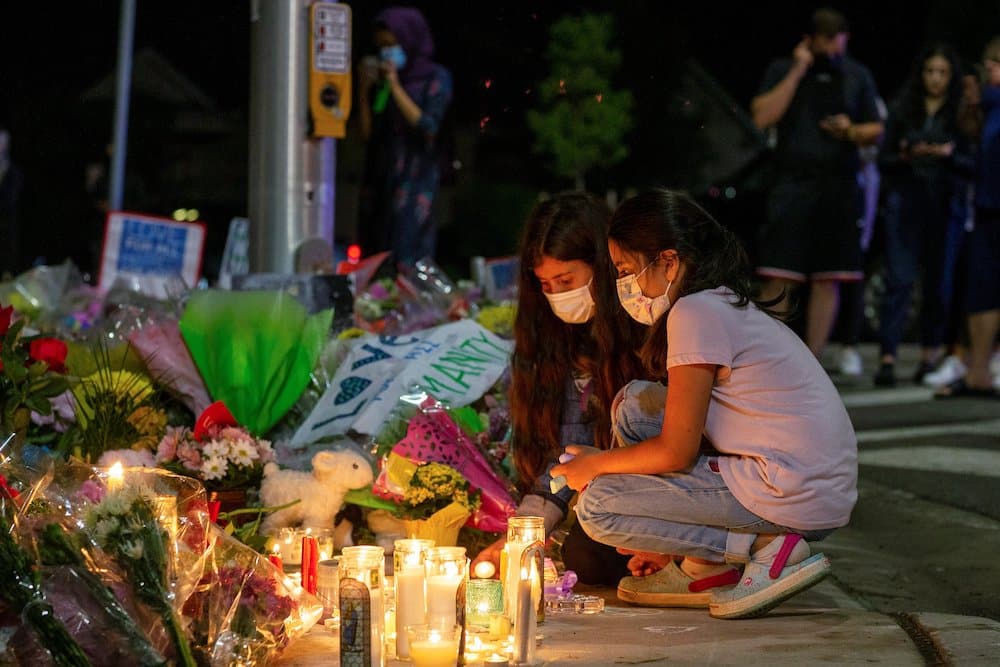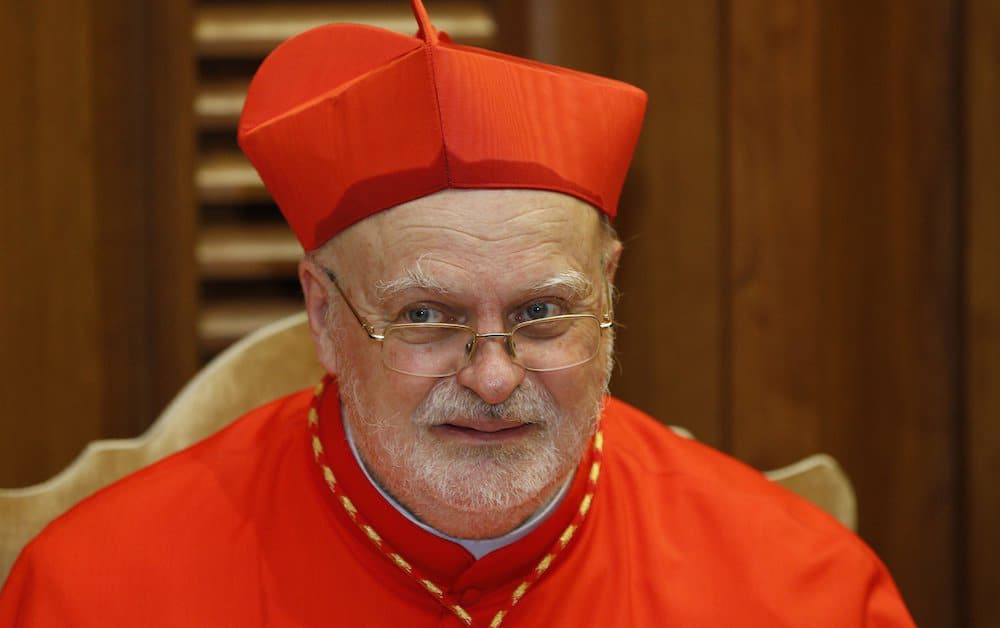(OSV News) — The Sanctuary of Our Lady of Lourdes, one of the most famous sites of Marian apparitions worldwide, is facing an important decision: what to do with Father Marko Rupnik’s mosaics that decorate the façade of the Basilica of the Rosary.
The mosaics, installed in 2008 for the 150th anniversary of the apparitions in Lourdes, depict the Luminous Mysteries of the Rosary. “These mosaics were commissioned from the workshop of a renowned artist: Father Marko Rupnik, a Jesuit of Slovenian origin. Like all works of art, they are appreciated by some, less so by others, but the vast majority of pilgrims and visitors to Lourdes emphasize their beauty,” Bishop Jean-Marc Micas of Tarbes and Lourdes wrote in a statement March 31.
But now, with the accusations of sexual abuse of adults against Father Rupnik, Bishop Micas stressed that “the question of the status of his works and their future arises.”
“Lourdes is a place where many victims come to the Immaculate Conception to seek consolation and healing,” Bishop Micas said of the sanctuary that attracts close to 6 million pilgrims each year. “Their distress is great in front of (Father) Rupnik’s mosaics in this same place. We cannot ignore it.”
Father Rupnik, a well-known mosaic artist and spiritual director, has been accused of spiritual, psychological or sexual abuse by multiple adult women over the course of almost 40 years. The Jesuits confirmed Feb. 21 that 14 new allegations had been reported. One allegation came from a former nun who would have been a minor at the time that grooming for alleged abuse would have begun.
On March 27, the case of Father Rupnik’s mosaics was brought to the attention of the sanctuary’s Orientation Council by Bishop Micas and Father Michel Daubanes, rector of the sanctuary.
“The subject was addressed with great seriousness. We know well, from now on, that the victims must be at the center of our reflections, and any decision will have heavy consequences,” Bishop Micas wrote.
He plans to create a reflection group “in order to be helped in the decision that I will have to make.” The bishop and the rector will be part of the group, along with “at least one victim, an expert in sacred art and a psychotherapist,” the statement said.
The group will “elaborate the elements necessary to make the best decision,” to “carry out this reflection in the most serene manner possible” and “not to reject any decision hypothesis a priori.”
“I entrust this process and the decision that will be made to the intercession of Mary, Our Lady of Lourdes, and to the mercy of God,” Bishop Micas wrote, “I also count on the prayers and support of the faithful of the diocese and of those who love the Shrine of Lourdes.”
The Jesuits announced Feb. 21 that they will begin an internal procedure that could include further restrictions against Father Rupnik. The priest already has been barred from hearing confessions, offering spiritual direction and leading retreats. He also is required to have the permission of his superior before engaging in any public ministry, and he is forbidden from engaging in public artistic activity.
Despite prohibitions, Father Rupnik concelebrated Mass at a basilica in Rome on March 5.
In a Feb. 24 interview, Jesuit Father Hans Zollner, Pope Francis’ point man on the clergy abuse crisis and director of the Institute of Anthropology: Interdisciplinary Studies on Human Dignity and Care (IADC) in Rome, told OSV News that “If he does not follow the restrictions, it is a clear sign that he cannot be in religious life.”
Asked about Father Rupnik’s art, Father Zollner said, “first of all, I think he should not produce any new art. Secondly, I understand if people say, ‘I can’t see that anymore.’ The perpetrator lives among us, the victims are with us, the discussion on the crimes and the way how to react is still ongoing. The question of how justice can be done to the victims is still open. In such a context I can hardly see how the works of Rupnik — who supposedly should bring people to God — can achieve this aim.”
“But on the other hand,” Father Zollner said, “if you take away the achievements of all people who have also committed crimes or have mishandled and abused others, very little would probably be left over. If Rupnik’s artwork stays where it is, there should be a visible note so that people are informed.”
Father Rupnik’s art decorates famous churches and chapels from Washington, D.C., to the Vatican itself.
The statement from the Sanctuary in Lourdes did not indicate when a decision might be announced.







